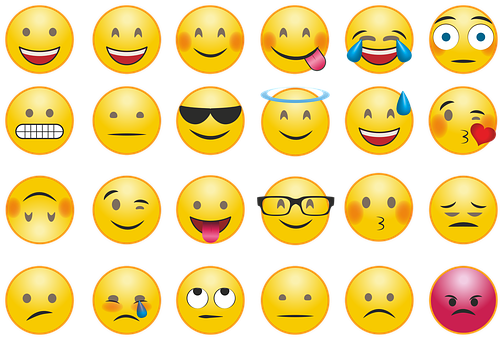Could communicating in emojis open yourself up to a lawsuit? Nowadays, it’s possible! While just about everyone enjoys a good smiley face 😂 or the occasional peace sign ✌️, emojis are posing a new challenge to both legal and eDiscovery professionals as they more frequently show up as evidence in court.
The Origins of Emojis 👶
While emojis took off around 2010, the icons were first created back in 1998 by Japanese artist 🖌, Shigetaka Kurita. Kurita was working on a way for phone customers to communicate through icons. He wanted to design a simple tool to communicate and convey information universally, resulting in various icons and symbols depicting emotions, weather, traffic, technology, and much more. Even before emojis, there were emoticons. “Emoticons” are punctuation marks producing facial expressions that trace as far back as 1881. People use both emojis and emoticons to communicate emotions online as well as the tone of a message. In their own way, emojis created a universal language for everyone to communicate within the digital world.
On the Rise 📈
The fact that these icons became sought-after put a lot of pressure on emojis’ designs and standards. The symbols needed to reach across various cultures, times, and platforms. Unicode Consortium, a nonprofit group dedicated to maintaining text standards across computers 💻, stepped in to begin regulating emojis. They started by indexing the icons and giving each icon a character code to ensure it remained consistent across platforms. As of February 2019, Unicode Consortium has registered 2,823 emojis.
With the icons kept consistent by Unicode, it was the release of Apples’ iOS 6 that iPhone owners discovered they now had access to their own emoji keyboard which skyrocketed the icons’ popularity. From there, emojis popped up on various other platforms such as Facebook, Twitter, and Instagram. Pop culture went so far as to write films starring the little characters and even “translated” classic novels into emoji. With emojis expanding across platforms and operating systems, companies began designing sets of emojis with their own specific creative flair. For instance, the “duck” emoji 🦆 looks vastly different across these 10 platforms:

Emojis in Litigation ⚖️
With the rise of emojis came a rise of emoji studies 📚. Santa Clara University’s, Eric Goldman, began researching US court opinions referencing emojis and emoticons. His research revealed a sharp increase in these references between 2004 and 2019 with the majority taking place in 2018. Considering the trend has been growing over the last several years, it is certain to only increase with time. Unfortunately, the rise of emojis in the court room also brings new problems to litigators. For one, experts now have to interpret these highly subjective symbols. As previously mentioned, the icons’ appearance can slightly differ across platforms, can alter the tone of a message, and they are very difficult to simply search for. They function almost like a secret keyword that Unicode logs with a tag. The tag appears in raw text that many don’t know how to search for let alone identify the code.
While emoji “searchability” is lacking, Goldman argues that the more pressing problem is simply identifying what emojis actually mean. Many emoji-users are unaware or forget that the icons they send could appear differently to those reading them on another platform or operating system. This alone creates a potential for miscommunication. If emoji “dialects” can create miscommunications between intended recipients, then how is a third-party supposed to decipher them? The likelihood for miscommunication only increases when third-parties, like litigators, are added to the mix. When a case gets to court, the judge 👩🏼⚖️ and jury must make snap judgments about intent and motive. These judgments can only get further complicated when having to interpret emojis in court as evidence.
In the Office 💌
The risk of emoji usage landing you in hot water appears to be greatest in the workplace. Prior cases have even resulted in many businesses drafting new policies for emoji-use on the job. 👨🏽💻 Employment lawyers often advise employees to exercise care and discretion if using emojis or emoticons in the workplace. Nonetheless, avoiding them altogether may be the best route. The biggest offender tends to be cases involving some form of sexual harassment or predation, especially among work colleagues. While one party may try to use emojis to indict a light joke with a wink emoji, the recipient may interpret it as overly intimate and suggestive. On the flip side, the sender may have intended the “winky face” 😉 to be sexually suggestive, but later claim it was meant to be interpreted differently and try to hide behind the “miscommunication” defense.
Emoji Case-Studies 📊
Emojis are also appearing in several widely discussed cases. One of the most popular being the 2017 case involving a couple that texted a string of emojis to a potential landlord. The emojis included a smiley face, champagne bottle🍾, chipmunk, and dancing Playboy bunnies in response to an apartment listing. The landlord interpreted the message as the couple applying for the property and took down the listing. When the case went to court, the judge ruled that the couple negotiated in bad faith and were ordered to pay one month’s rent as damages.
Even our own in-house analysts at SMI commonly run into emojis and occasionally have to interpret them. On a prior project, our analysts worked to uncover connections between involved persons in a cold case. Additionally, the client also wanted to identify any negative or derogatory conduct from the subjects. Our analysts uncovered a common pattern of repeated emoji usage. Subjects commonly used emojis to “advertise” that they were looking to buy or sell drugs among other illegal activities. Although the emoji usage was very diverse, analysts found some subjects to boldly advertise their new stock of Xanax followed by various “pill” emojis 💊. Other subjects used the “maple leaf” emoji 🍁 to signify they had or were looking to buy marijuana.
What’s the impact? 🤔
At the end of the day, while usage increases and trends continue to show emojis in court opinions, the little icons are unlikely to ultimately sway a major ruling. Emojis have been around for decades and generally encourage human connection and indicate message nuance. Nonetheless, litigators need to be aware of emojis and the nuanced issues that tag along with them. The icons are another form of communication, in this case nonverbal, that litigators should learn. As attorneys advise clients on various nonverbal cues such as body language and appearance when being judged by juries, emojis’ impact on communication should not be underestimated as they continue to gain popularity and pop up in court. 😀




